Stock-outs: Causes, consequences and how to avoid them
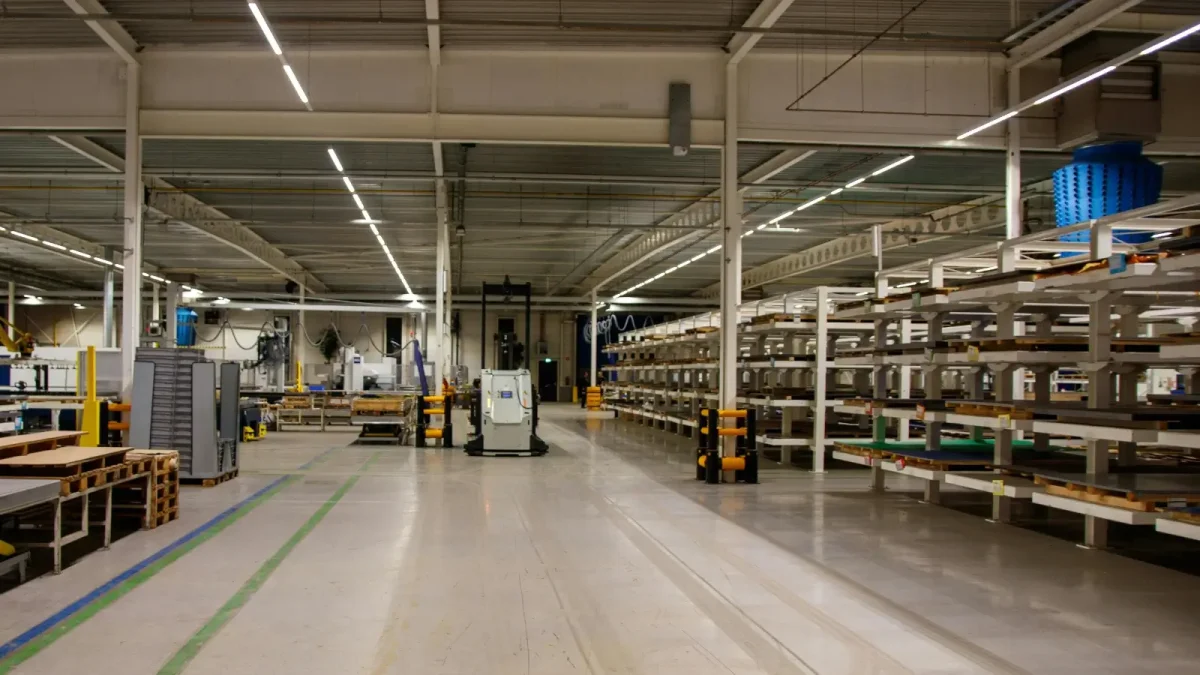
Out-of-stock situations have a direct impact on sales and brand image. Understanding its causes and remedying it through better planning is essential.
What’s the difference between inventory management and inventory optimization?
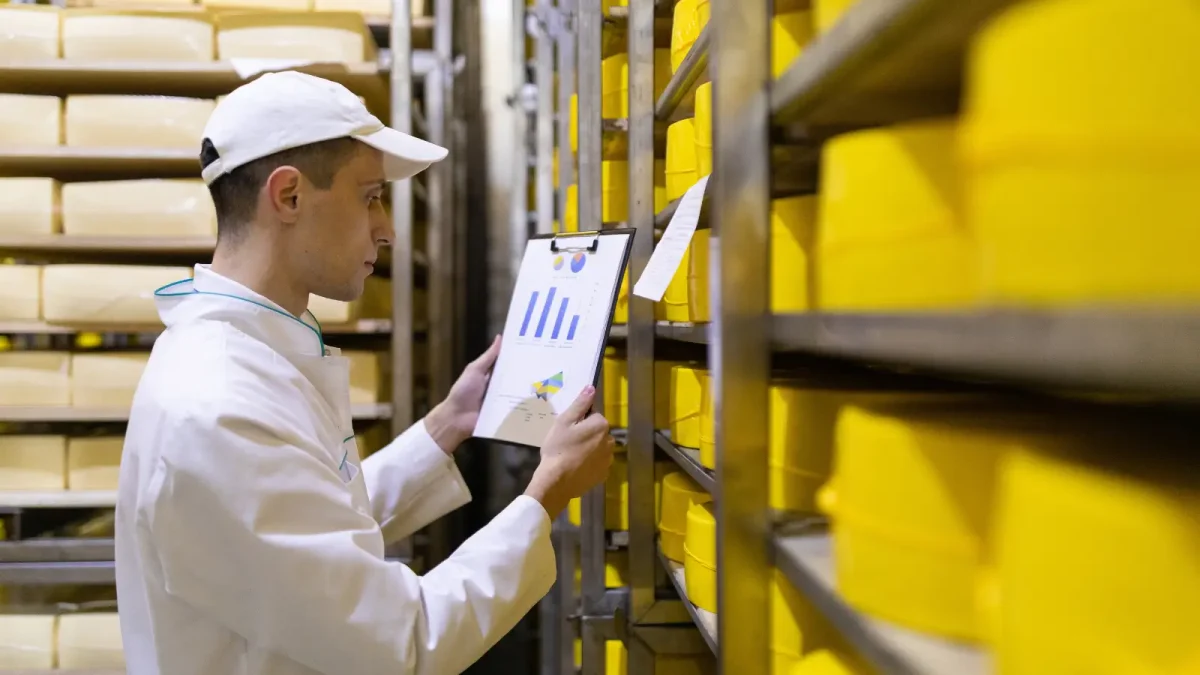
Inventory management and optimization are often confused, but they are two different approaches: one to manage day-to-day operations, the other to maximize performance. Find out what sets them apart, and how to move from a simple management approach to one that truly creates value.
The different stages of an effective assortment analysis

A good assortment can’t be improvised: it has to be piloted.
Discover the key stages in a successful assortment analysis to build a coherent, profitable offer aligned with customer needs.
Supply Chain: the complete guide to understanding and optimizing your supply chain
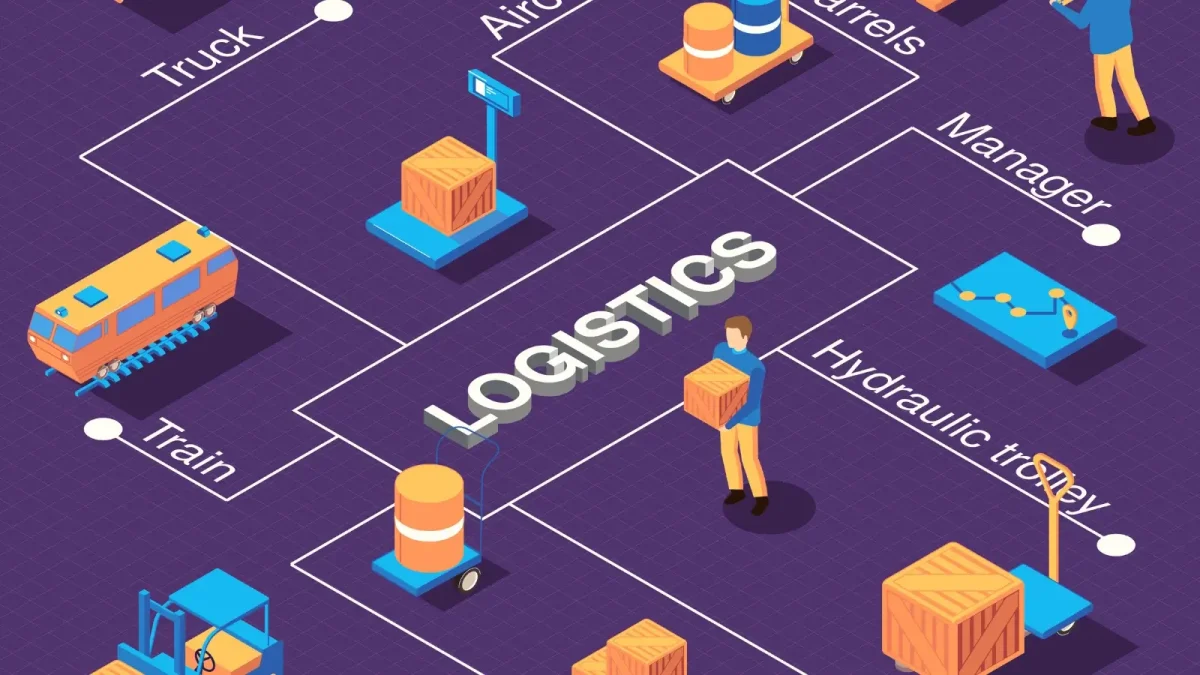
Discover the fundamentals of the supply chain, its challenges and the levers for optimization to improve the performance, resilience and efficiency of your supply chain.
The Difference Between Product Range and Assortment

What’s the difference between assortment and range? Range and assortment: two complementary but often confused levers. One defines strategy, the other execution on the ground. Distinguishing between the two means refining positioning, optimizing inventory and boosting performance.
The different types of assortment: an overview of retail approaches

Learn how to identify and manage different types of assortment to improve your offer, satisfy your customers and maximize your sales.
Assortment analysis: Definition, methods and strategies for optimizing the product offering

How can we offer the right product, at the right time, to the right customer? Assortment analysis answers this crucial question. It helps you understand what works, what holds back sales, and what needs to be adjusted. This guide reveals the keys to transforming your assortment into a performance driver.
The best inventory management software

Discover the best inventory management software to secure your flows, reduce stock-outs, optimize your inventory levels and improve the overall performance of your supply chain.
How to optimize in-store inventory: our tips for efficient management

Discover our practical tips for optimizing your in-store inventories: improve product availability, reduce costs and gain efficiency in your day-to-day management.
How does the supply chain process work?

Discover how the procurement process directly impacts overall company performance. From identifying needs to receiving deliveries, each stage is analyzed in depth, with practical advice, common mistakes to avoid and concrete optimization levers. A must-read to transform your supply chain into a real competitive advantage.
Demand forecasting methods: the keys to an agile, high-performance supply chain

Anticipating demand is never easy, but the right forecasting methods can make all the difference. They help you to better manage stocks, avoid shortages and make your supply chain more agile and efficient on a day-to-day basis.
Tools for better supply chain management

Discover the essential tools to effectively manage your supply chain and improve the performance, visibility and agility of your operations.
Sales index : A key performance indicator

The sales index is an often underestimated but essential indicator for effective Supply Chain management. Why has the sales index become essential to the Supply Chain? Discover its strategic role and performance drivers.
APS software: definition, functions and key role in the supply chain

APS (Advanced Planning System) software is an advanced planning tool that helps companies better manage their logistics flows. It uses real-time data to anticipate demand, optimize inventories, coordinate production and improve service quality. Find out all you need to know about APS software in this article.
Demand forecasting tools in the supply chain

Demand forecasting has become a strategic challenge for securing the supply chain and optimizing profitability. Discover the tools available, their advantages and limitations, and the added value of Optimix XFR to make your forecasts more reliable and transform your data into reliable decisions.
What is demand forecasting? Definition, methods and challenges

Faced with ever-intensifying competition, companies have no choice but to manage their inventories effectively.
At the heart of this transformation, demand forecasting has become an essential strategic lever. Anticipating market fluctuations, adjusting stock levels and intelligently planning supplies are all keys to staying one step ahead.
Supply chain planning: a key performance driver

Supply chain planning helps to anticipate needs, optimize costs, reduce disruptions and guarantee product availability, while enhancing agility and overall company performance.
Why is supply planning an essential strategic lever for the supply chain?

Faced with frequent stock-outs, costly overstocking and unstable demand, supply planning has become an essential strategic lever for the supply chain. It guarantees a balance between product availability, cost control and operational performance.
Key steps to effective supply chain planning

The key steps to effective supply chain planning help optimize costs, control inventory, ensure product availability and maximize overall performance.
The role of artificial intelligence in sales forecasting: accuracy, agility and business impact

In a context where purchasing is changing and supply chains are under pressure, sales forecasting is becoming essential. Poorly anticipated demand exposes us to two major risks: stock-outs, which frustrate customers and lead to lost sales, and overstocks, which are a source of costs, depreciation and sometimes destruction.
Maxxing and Optimix join forces to create a leading SaaS player in customer experience, pricing and supply chain.

Optimix Solutions and Maxxing announce their strategic merger, giving birth to a leading SaaS software player, expert in AI-based customer experience, price optimization and supply chain management.
The different methods of inventory and supply management
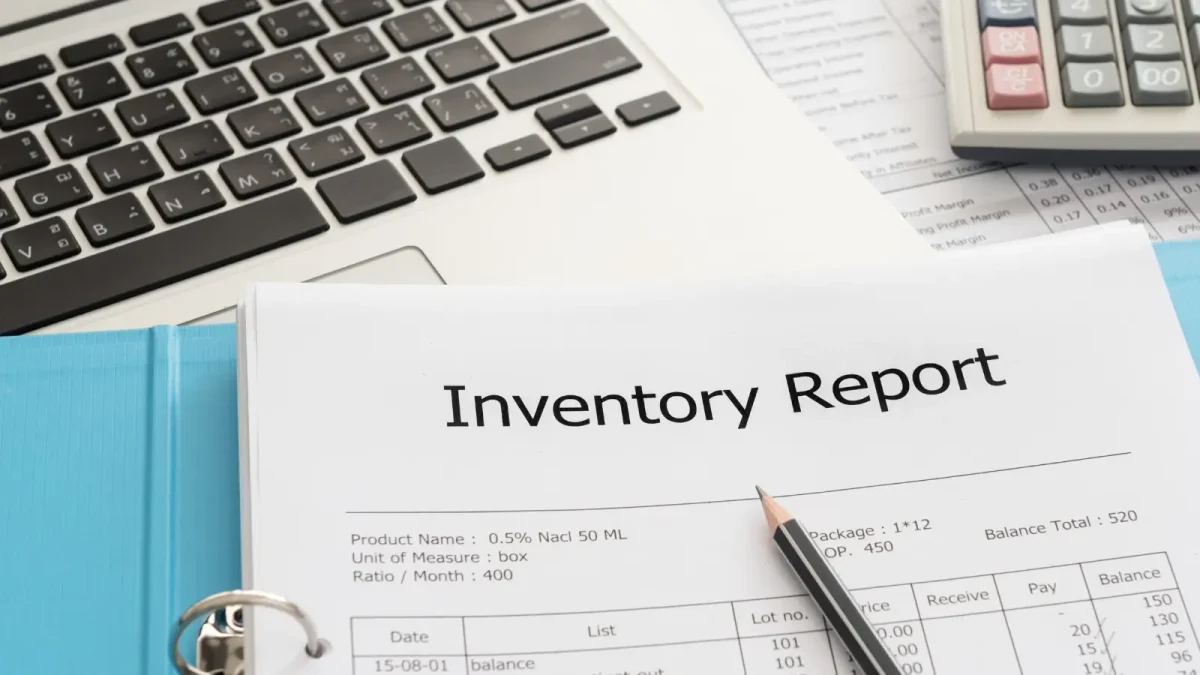
Discover inventory management methods: FIFO, LIFO, ABC, just-in-time… to better control your flows and optimize your logistics.
Inventory management: why is it crucial to your business?
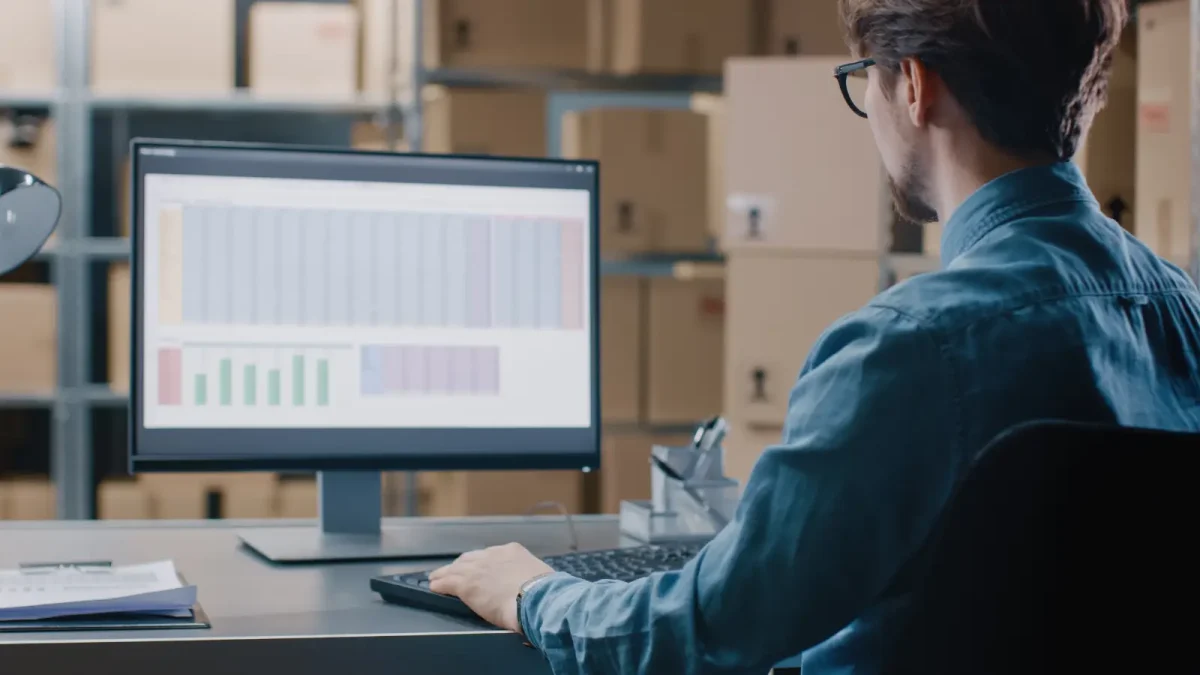
Inventory management refers to all the practices and processes used to monitor, organize and optimize the flow of goods within a company.
What are the different technologies available for inventory management?

Discover inventory management technologies: RFID, ERP, IoT, automation… For precise, fast and perfectly controlled logistics.
Inventory management challenges and issues

Discover the challenges of stock management: shortages, overstock, rotation, costs… and the key issues for efficient, profitable logistics.
